- About us
- Support the Gallery
- Venue hire
- Publications
- Research library
- Organisation chart
- Employment
- Contact us
- Make a booking
- Onsite programs
- Online programs
- School visit information
- Learning resources
- Little Darlings
- Professional learning
Clifton Pugh AO was one of Australia’s best-known artists of the 1960s, 1970s and 1980s, and one of its leading advocates for the arts. Born in Richmond, he grew up in Melbourne, moving to Adelaide as a teenager. There, while waiting to enlist, he attended evening classes at the South Australian School of Art. After serving with the AIF, and then for a year in Japan with the British Commonwealth Occupation Force, he returned to Australia to pursue a career as an artist. Under the Commonwealth Rehabilitation Scheme, he attended classes at the National Gallery of Victoria Art School, training under Sir William Dargie. Although a favourite of Dargie’s, soon after completing his course Pugh did away with tonalism, developing a style that is at once expressionistic and figurative, seeking to fuse successfully the rival approaches to painting the virtues of which the arts community debated so passionately in the 1950s. In 1959 he was one of seven artists who signed the Antipodean Manifesto. As Pugh’s popularity grew, so too did the demand for a portrait by him, which increased with his second and third Archibald victories in 1971 and 1972. Reluctant to accept commissions for portraits, he preferred to paint people with whom he had developed some degree of spiritual, intellectual or imaginative connection. These came to include some of Australia’s leading artists, philanthropists and academics. Pugh is now best remembered, however, for his portraits of politicians; his own deep interest in the arts and politics emerged publicly in his chairmanship of the Arts and Cultural Policy Committee of the Victorian Branch of the ALP from 1971. Once described as a court painter to the Australian Labor Party, he portrayed many of its key figures, including Gough Whitlam, Don Dunstan, Clyde Cameron, Clyde Holding, Lionel Murphy and Tom Uren. Yet, moved by various impulses, he also completed portraits of other politicians and statesmen, amongst them Harold Holt, John McEwen, Viscount de L’Isle, the Duke of Edinburgh and Sir John Kerr.
Collection: National Portrait Gallery
Gift of Lyn Williams AM 2011
Donated through the Australian Government's Cultural Gifts Program
© Fred Williams
Lyn Williams (4 portraits)



On one level The Companion talks about the most famous and frontline Australians, but on another it tells us about ourselves.
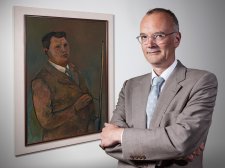
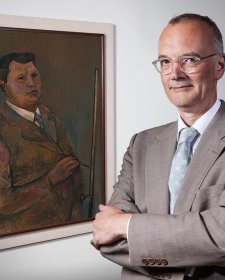
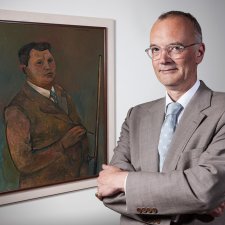
1 May 2014
In Persuasion (1818), a long walk on a fine autumn day affords Anne Elliot an opportunity to ruminate wistfully and at great length upon declining happiness, youth and hope.
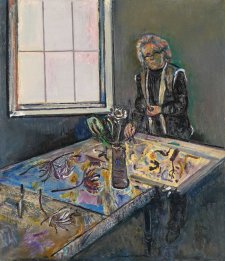
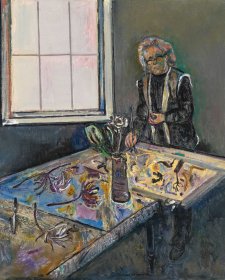
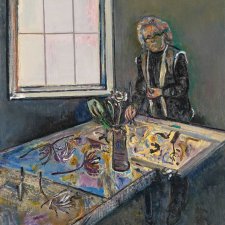
Michael Desmond discusses Fred Williams' portraits of friends, artist Clifton Pugh, David Aspden and writer Stephen Murray-Smith, and the stylistic connections between his portraits and landscapes.